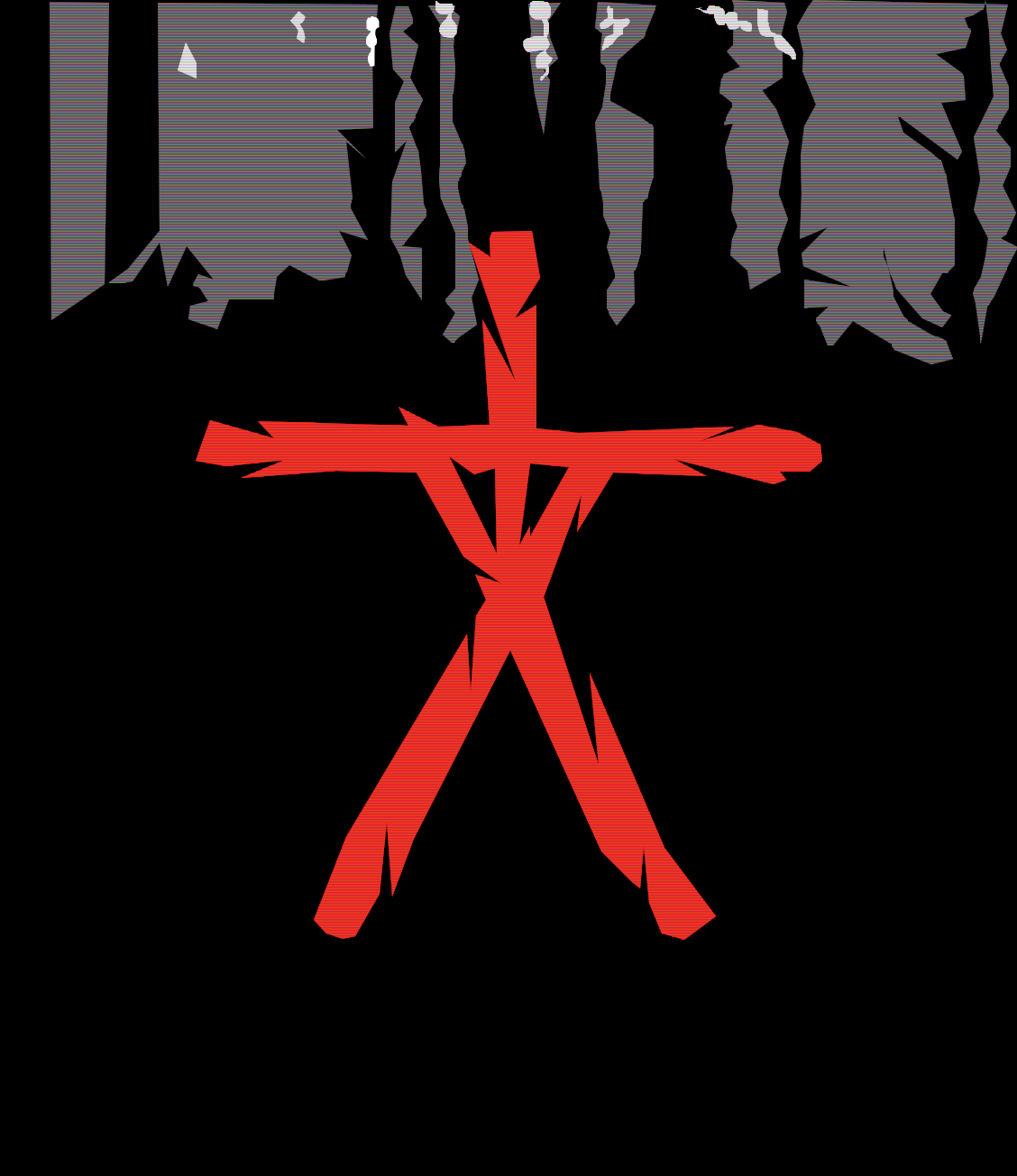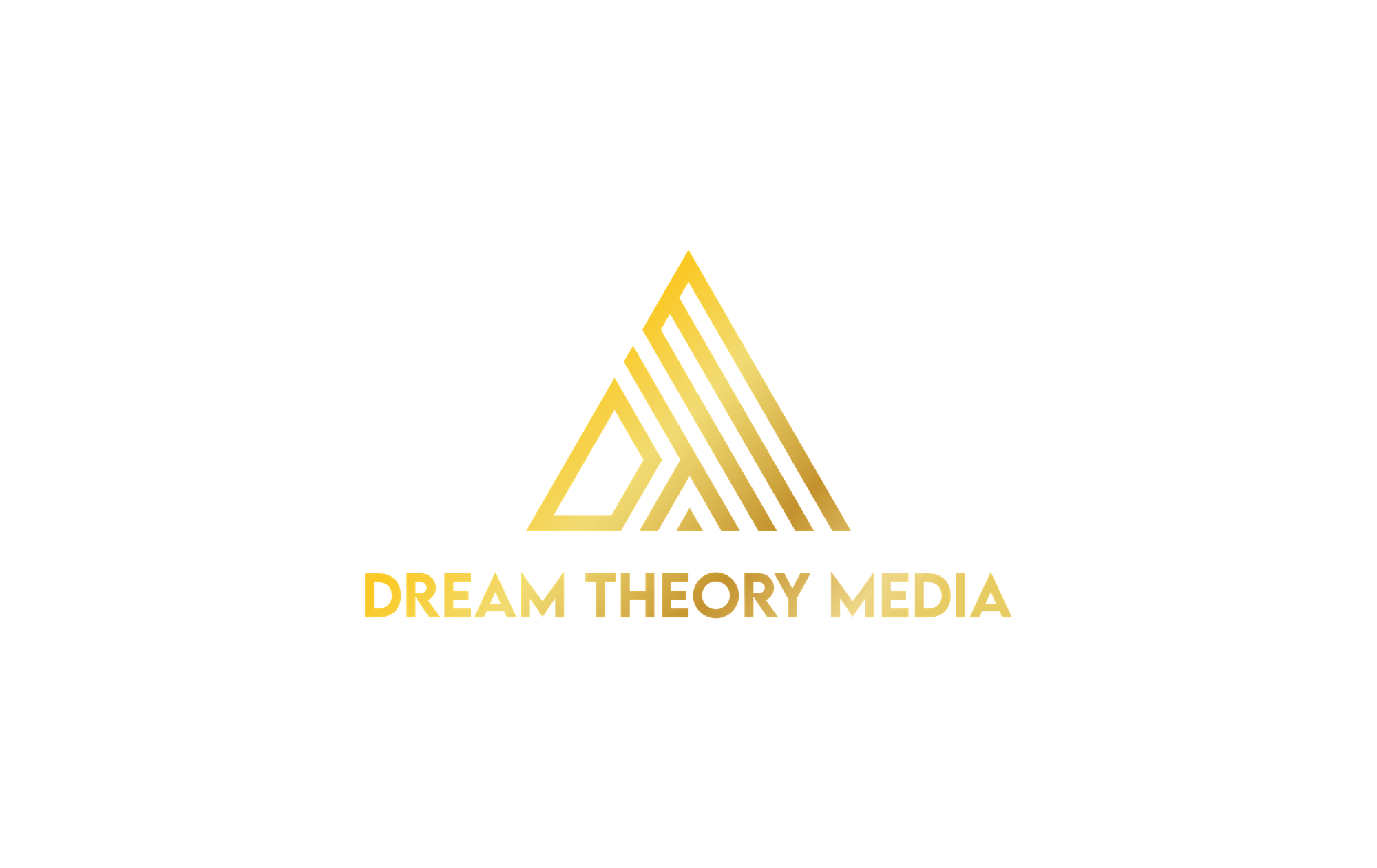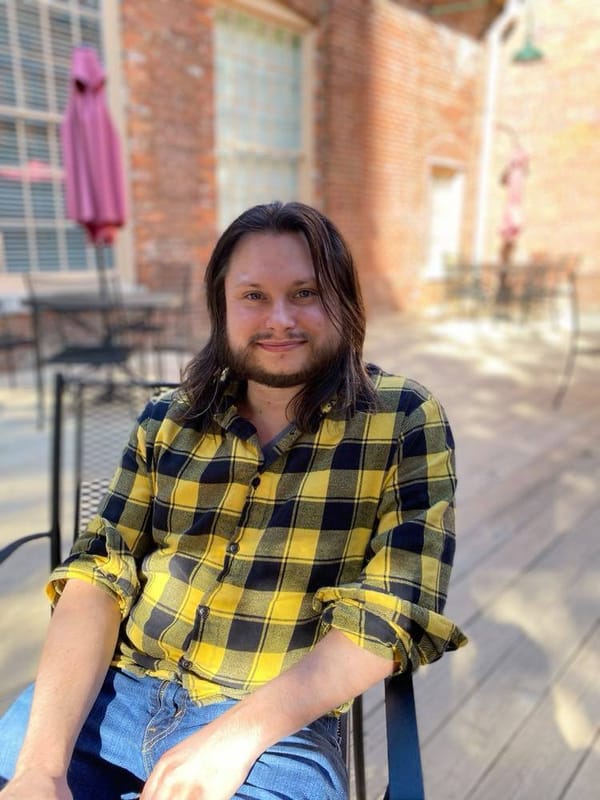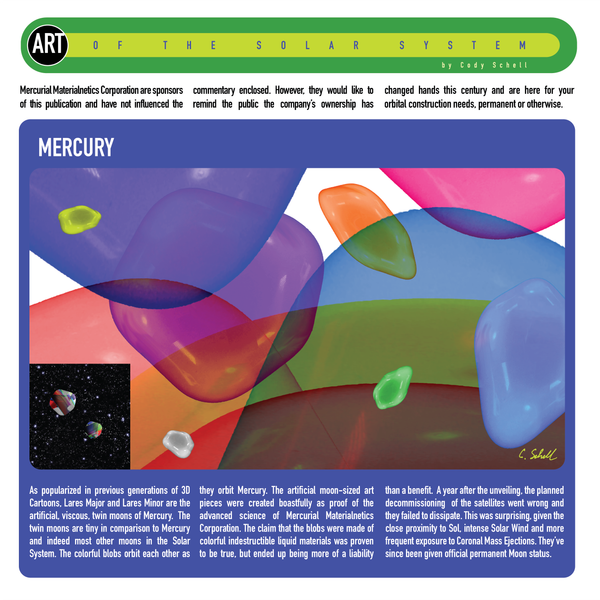A Personal History of Horror Films in 101 Quirky Objects #21: The bag of marshmallows in The Blair Witch Project (1999)

by Vince Stadon
“I see why you like this video camera so much… It’s not quite reality. It’s like a totally filtered reality… it’s like you can pretend everything’s not quite the way it is.” – Josh
If made today, The Blair Witch Project would end with a phone-in vote for favourite player. Instead of a "found footage”/documentary-style big screen horror film, The Blair Witch Project would be a ten-episode YouTube competitive reality TV show. And I think that might well be the best version of The Blair Witch Project; I think YouTube reality TV is its natural home (pleasingly, I watched it for the first time in decades on YouTube, and immediately after I’d watched a camping vlog).
We go into The Blair Witch Project already knowing how it’s going to end, because the film’s big conceit is that everything we see is real, honest, and the three people involved really are missing. There were Missing Persons posters as part of the massively successful viral marketing campaign. It’s fun to pretend that it’s all true, and that the people running around in the darkness making scary noises are not the film’s enterprising young producer-directors trying to keep straight faces, but manifestations of mischievous evil conjured by a sinister witch. So good was the marketing that some people were completely taken in by it, and others fully committed to suspending their disbelief. A young work colleague named Rachel had a boyfriend in the creative media industry, and he got hold of a copy of the film before it had hit cinemas in England, much to Rachel’s delight. She would not stop talking about how scared she was to watch it. She was genuinely scared to see it, debating whether to throw the tape away and get a peaceful night’s sleep but just couldn’t help herself. I actually wished her good luck as she left for the night. The next day, of course, she told us that it had been very scary but ultimately a bit of a disappointment, but I think anything short of her boyfriend being dragged screaming into the deep, dark woods (unlikely in Fishponds, Bristol) or dying of fright during the movie would have disappointed her. But then in the following days, Rachel revised her opinion and started to really love the film again, and to say she was still really scared of it, as if it held a power over her. And throughout all this, she never wavered in her belief that it was all true, no word of a lie.
I knew it was all bullshit because I knew that all "found footage” films are bullshit. I’d seen Snuff (1975) and Cannibal Holocaust (1980), both dreadful films, and though they’re unpleasant and a chore to sit through, they’re very obviously not "real,” and when I caught The Blair Witch Project at the cinema and found it fun and engaging enough, though I kept thinking of Rachel and her reaction. I felt a bit disappointed in myself for not even attempting to buy into the "reality” of the film. If I could have just gone wholeheartedly into believing it was all real, as Rachel had done, I’m sure I’d have gotten a lot more out of it. You take what you put in.
Shot entirely by the cast, three young Americans go deep into the woods (Montgomery County, Maryland) with a tent and video cameras/sound equipment. They’re making a documentary on a local legend: a witch who kidnapped small children. Director Heather (Heather Donahue) is a control freak who won’t stop filming even when begged to by the others, and who refuses to admit that she’s out of her depth and has got them all lost. Josh (Joshua Leonard) repeatedly flies off the handle and catastrophises every situation. Mike (Michael Williams) also loses his temper a lot, and he is also impulsive and sabotages the expedition by throwing away the map, which he thinks is useless. They start the "project” full of hope and all smiles, stopping for supplies at a local store (Mike buys a big bag of marshmallows), interviewing locals about the witch. But very soon, the smiles fade and the optimism turns sour. Lost, frightened, cold, and hungry, they spend several arduous days and sleepless nights arguing with each other and trying to make sense of the strange occult things they find and the disturbing noises and movements of unseen things in the dark that seem to taunt them. Josh goes missing. A house is discovered—the house of the Blair Witch. Heather and Mike think they hear Josh calling from the house, so they go in. Exploring the spooky, abandoned old house, the cameras cut out, and the film ends.
What’s actually happening is that all this footage is captured over eight days in the woods by people playing exaggerated versions of themselves, improvising scenes on the spot as a small production team fucks with them. This is exactly like a reality TV show. And as with reality TV, the producers choose the footage which supports an edit centred around an especially irksome person: this is known as the "villain edit.” In The Blair Witch Project, the villain edit is given to Heather. This is even though Mike and Josh are shouty, abusive, stroppy, argumentative jerks. Mike even puts them all in danger by throwing away the map. Heather is given the "villain edit” because she’s focused, bossy, self-centred (in that this project means so much to her), and out of her depth. Women are almost always treated more harshly by viewers than men. Unlikeable women are hated more than unlikeable men. Heather is hated. The extent of the hate was so great that actress Heather Donahue quit the industry and changed her name. Her quite remarkable performance—improvised on the spot, remember—was both celebrated and denigrated at the time. The 20th Golden Raspberry Awards gave Heather Donahue its Worst Actress award. This was madness. It was mad then and it seems even more unjust now, looking back on the film a quarter of a century later. Heather’s famous, raw monologue to the camera at night, thinking she’s going to die, is one of the defining cultural moments of the 1990s.
For me, the villain is Mike. Mike with his marshmallows. Mike with his explosive temper. Mike who throws away the map and laughs about it. Mike is toxic. He scares me more than the Blair Witch or the idea of the film being "real.” I know men like Mike. I know their smiles. I think I might have at times been like Mike, laughing and throwing away the map. And the worst thing is, if The Blair Witch Project was a reality TV show, and if there was a phone-in vote for favourite player, Heather would lose, and in a landslide Marshmallow Mike would win.
~
More obvious picks for an object to represent this film: Heather’s beanie hat; the stick figures; the video cameras; the piles of small rocks; Josh’s teeth; the map
The Blair Witch Project (1999); 81 mins; US
Directed by Daniel Myrick, Eduardo Sánchez; Written by Daniel Myrick, Eduardo Sánchez; Produced by Gregg Hale, Robin Cowie; Cinematography by Neal Fredericks; Music by Tony Cora
Heather Donahue (Heather); Michael Williams (Mike); Joshua Leonard (Josh)




